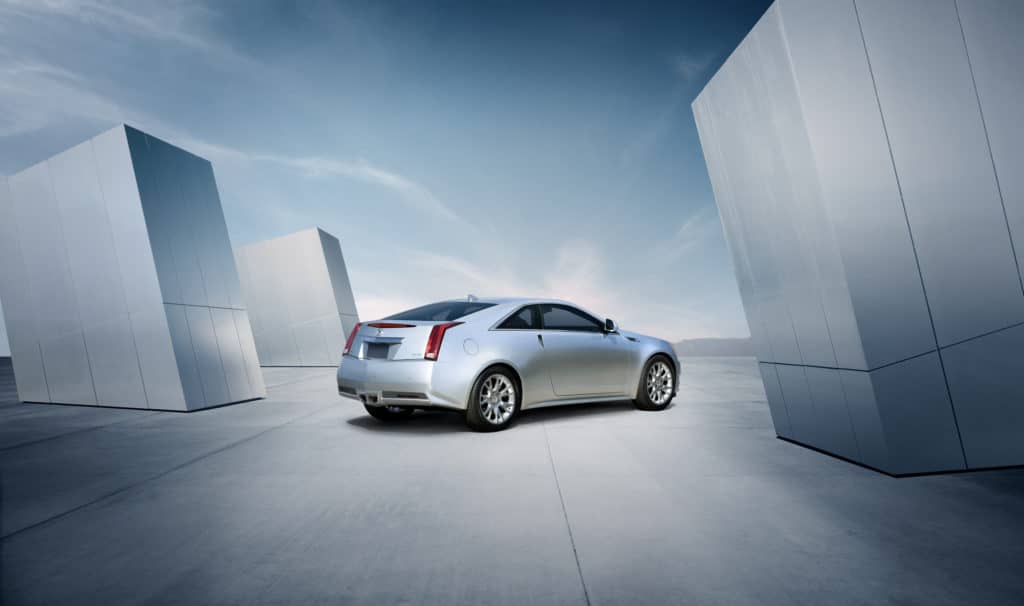The digital revolution has triggered a number of major changes for the auto industry over the course of the past two decades. We are now seeing cars at the center of a new wave of technology — autonomous vehicles, artificial intelligence, machine learning, miniaturized sensors, 3D printing, new fuel sources and engineering, robotic manufacturing processes, and more. All of these technological developments have created a whole new spectrum of IoT possibilities, and have had a profound impact on manufacturers and drivers alike.
But the biggest source of disruption for the auto industry is still right around the corner, stemming from changes in the traditional models of ownership. In the 1900s, car ownership became a ubiquitous goal for people in most of the industrialized world. Ever since Henry Ford introduced the Model T, families strove to own their own cars, and having two or more in the driveway was viewed as a sign of prosperity. In modern times, it became nearly impossible to make a living without commuting to work in many parts of the United States, and in some places, people are now spending more time in their cars than at home.
But over the last two decades, the dream of car ownership has started to change, with the trend toward the Sharing Economy. This has already had an enormous impact on the automotive industry, but the biggest seismic shift is still on the horizon.
For the first time since 1960, the percentage of US no-car households increased slightly in 2015. By 2030, private car ownership in the U.S. is predicted to drop by as much as 80%, and the annual growth in new car sales is expected to drop from 3.6% to 2%. The number of passenger vehicles on American roads is predicted to decrease from 247 million in 2020 to 44 million in 2030.
These pending changes in consumer behavior may sound ominous for the auto industry, but they actually represent one of the biggest business opportunities on the short-term horizon for disruptive services and technologies.
Uber, Lyft, and ZipCar are three of the most successful companies to have already emerged from the sharing economy. Ride-sharing, in which car owners drive passengers around in exchange for a fare, has already become the norm in most major cities across the U.S. A recent survey of almost 7,000 people in the U.S. indicated that 53% of people used ride-sharing services in 2017, an increase from 38% in 2016. In addition, to ridesharing, we’ve seen a rise in car sharing, where commuters either share the rental fee for a vehicle to drive to and from work or rent out their cars for others to use and drive (much like a private rental car service).
As millennials become the dominant force in the consumer market, we will undoubtedly see creative approaches to fractional ownership, as well. Another product of the Sharing Economy is car subscription services, in which customers can have access to an entire fleet of cars for a monthly fee. Globally, 1 out of 10 cars sold in 2030 will potentially be used as a shared vehicle. By 2025-26, vehicle subscription programs could account for nearly 10% of all new vehicle sales in the U.S. and Europe. Experts predict that over 16 million vehicles will be part of vehicle subscription services by 2025.
This trend presents some interesting challenges and opportunities for auto financiers. If 1 in every 5 cars offered through subscription services are new, it stands to reason that financing models may start to look more like dealer floorplan financing models, in which resellers are given a grace period of 30-90 days to sell or lease the car, then have to start paying back the OEM on steeper loan terms. It will be interesting to see who will step up and start to provide innovative financing models to the table.
An early example of innovative auto financing is Fair, which recently acquired Uber’s Xchange Leasing portfolio, will now provide leases for Uber drivers in the US who want to lease cars for 30 days or more. This business did not prove to be financially fruitful for Uber, but Fair believes that they can turn it around. The plan for Fair — which is backed by strategic investors that include Penske and BMW — is to be one of the companies at the center of how cars will be used by consumers in that future.
Fair’s existing business model is predicated on the idea of an “all-in” service, where customers’ monthly fee for leasing a vehicle also includes maintenance and some roadside assistance, with the option also of purchasing insurance through the platform, “both to protect the driver and protect our assets.”
As these new models of car ownership take hold, fleet management will also become even more complicated, especially when it comes to inspection, maintenance, and repair. As the auto and fleet category continues to evolve through the, more vehicles will be used for business-related purposes. Keeping those cars operational and on the road will become even more crucial. When fleet vehicles need to be taken out of service for maintenance and repair, it results in unforeseen costs, lost productivity and other suboptimal results in terms of brand perception and customer satisfaction.
Experts predict that by 2019, approximately 17.3 million light vehicles will be sold to customers in the United States. Globally, this figure is expected to come to around 103.5 million units. Fleet management is already a complex business and there are very real safety issues and costs associated with deferred maintenance, repairs, and out-of-service vehicles. The growth in car and ride-sharing services has already inspired a host of new solutions that use AI and predictive analytics designed to proactively diagnose potential issues.
But regardless of how issues are diagnosed, cars will still need to be serviced. This has created a booming market for mobile fleet maintenance, in which fleet managers can access affordable and convenient car repair on site from a vetted network of mobile mechanics.
Let’s face it, change is inevitable. As with all major disruptions, opportunities abound in the sharing economy for disruptors that can move quickly enough to offer solutions to the new problems that change creates for consumers and businesses.
Source link
Turn Your Bulk Auto Notes Into Cash








